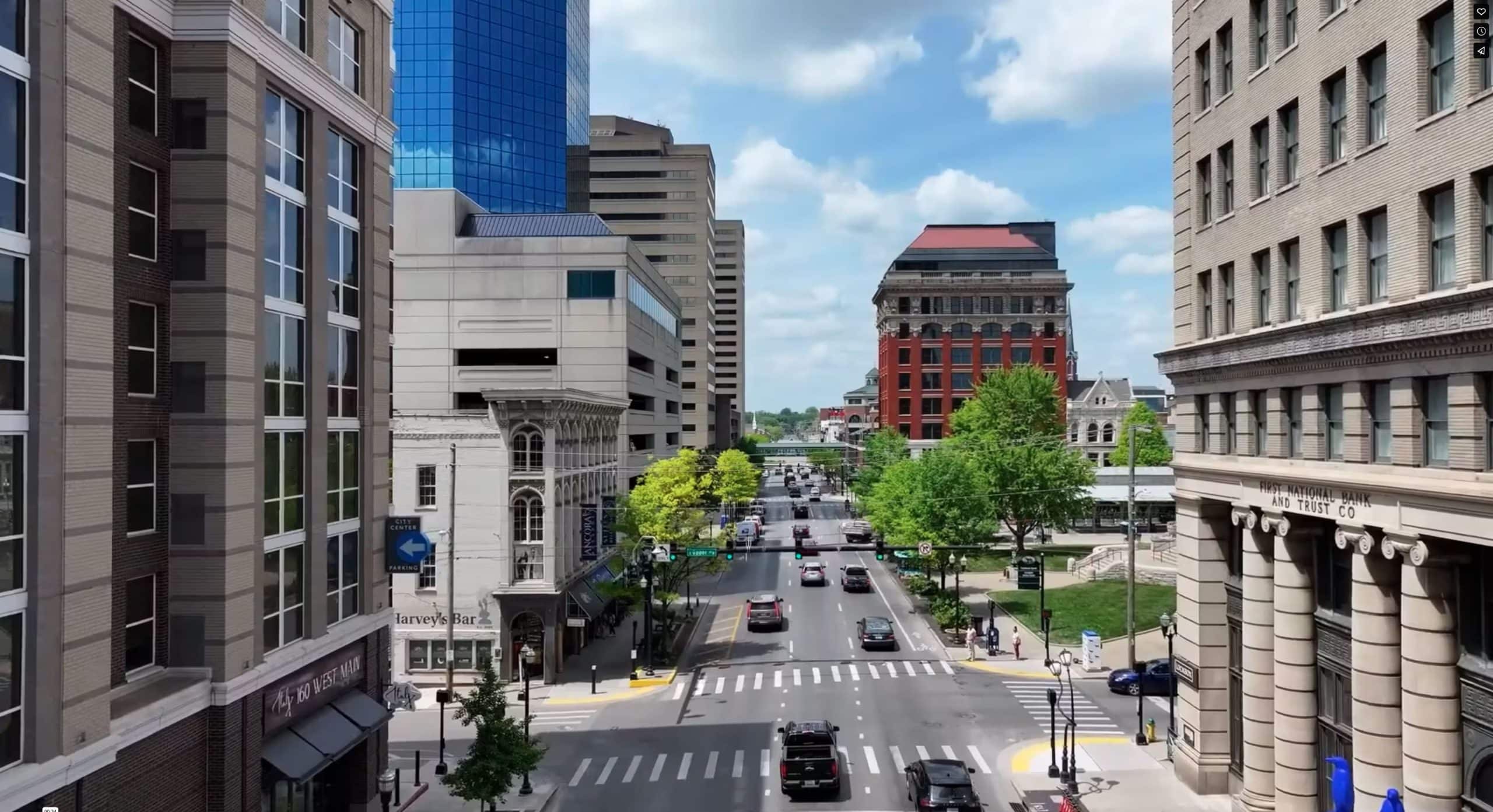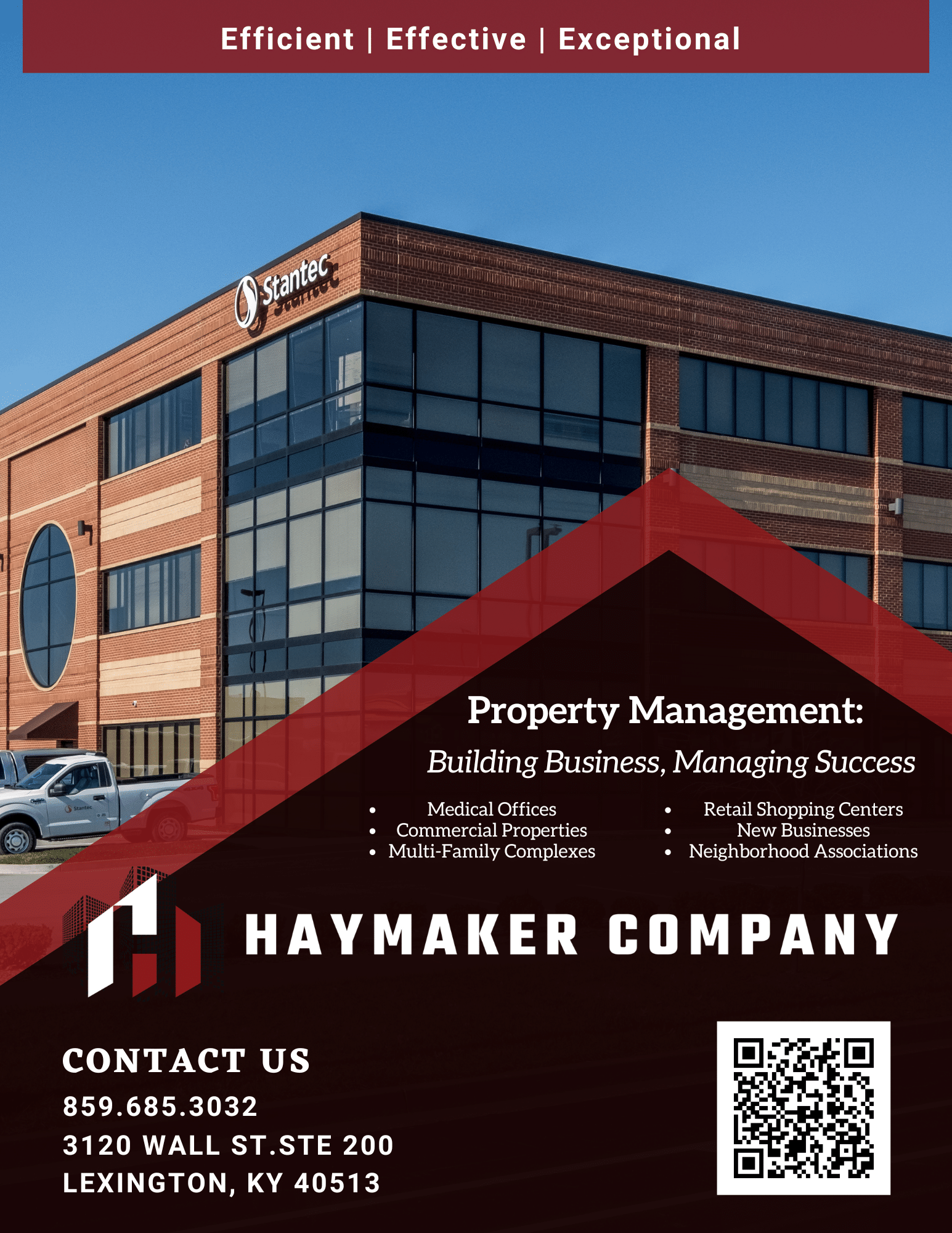Envisioning the Future of Commercial Real Estate in the United States
The commercial real estate (CRE) sector in the United States is undergoing a period of remarkable transformation. With rapid advancements in technology, shifting economic trends, and an increasing focus on sustainability, the landscape of CRE is poised for significant growth and evolution. This blog post explores the vision for the future of commercial real estate in the U.S., highlighting key trends and developments that will shape the industry.
Technological Innovations Driving Change
Technology is at the forefront of the evolution in commercial real estate. Innovations such as artificial intelligence (AI), the Internet of Things (IoT), and big data analytics are revolutionizing how properties are managed, leased, and utilized.
- Smart Buildings: The integration of IoT devices in commercial properties allows for real-time monitoring and control of various building systems, including HVAC, lighting, and security. These smart buildings can optimize energy usage, reduce costs, and enhance the tenant experience by providing a more comfortable and efficient environment.
- AI and Data Analytics: AI-powered tools are transforming property management and investment strategies. Predictive analytics help investors make informed decisions by analyzing market trends, tenant behaviors, and property performance. AI-driven property management systems can automate maintenance tasks and improve operational efficiency.
- Virtual and Augmented Reality: These technologies are redefining the way properties are marketed and leased. Virtual tours and augmented reality apps enable potential tenants to explore spaces remotely, making the leasing process faster and more convenient.
Sustainability and Green Building Practices
As environmental concerns grow, the commercial real estate sector is increasingly prioritizing sustainability. Green building practices are not only essential for reducing the environmental impact but also for meeting the demands of tenants who value eco-friendly spaces.
- Energy-Efficient Retrofits: Existing commercial properties are being retrofitted with energy-efficient systems, such as solar panels, energy-efficient lighting, and advanced HVAC systems. These upgrades reduce operating costs and improve the property’s marketability.
- Sustainable Materials and Practices: Developers are increasingly using sustainable materials and construction practices. This includes sourcing local materials, reducing waste during construction, and designing buildings that can adapt to future environmental challenges.
Flexible and Adaptive Spaces
The rise of remote work and changing tenant preferences are driving demand for more flexible and adaptive commercial spaces.
- Co-Working Spaces: The co-working model, popularized by companies like WeWork, is expanding beyond startups to accommodate larger enterprises. These flexible workspaces offer short-term leases and adaptable layouts that can be easily reconfigured to meet changing needs.
- Mixed-Use Developments: Combining residential, commercial, and recreational spaces, mixed-use developments are becoming increasingly popular. These developments create vibrant, walkable communities that attract a diverse range of tenants and promote a live-work-play environment.
Economic and Demographic Shifts
The commercial real estate market is also being influenced by broader economic and demographic shifts.
- Urbanization and Suburban Revival: While urban centers continue to grow, there is also a resurgence in suburban areas as people seek more space and affordable living options. This trend is driving new commercial developments in suburban regions, including office parks, retail centers, and mixed-use projects.
- E-Commerce and Industrial Real Estate: The rapid growth of e-commerce is fueling demand for industrial real estate, particularly warehouses and distribution centers. Companies like Amazon are investing heavily in logistics infrastructure to ensure quick and efficient delivery of goods.
- Demographic Changes: The aging population and the rise of millennials in the workforce are shaping the demand for different types of commercial properties. For instance, there is a growing need for healthcare facilities and senior living communities, as well as modern office spaces that cater to the preferences of younger workers.
The future of commercial real estate in the United States is dynamic and promising. By embracing technological innovations, prioritizing sustainability, and adapting to changing tenant needs and economic trends, the CRE sector is well-positioned for continued growth and success. As the industry evolves, developers, investors, and property managers must remain agile and forward-thinking, ensuring that they are prepared to meet the challenges and opportunities of tomorrow’s real estate landscape.
We want to hear your thoughts! What are your commercial real estate visions? Do you see yourself rapidly expanding, holding tight, or downsizing?





